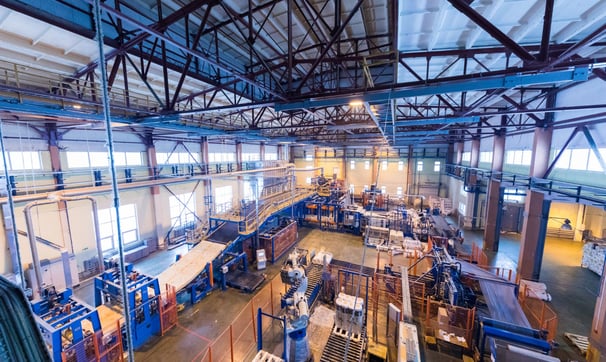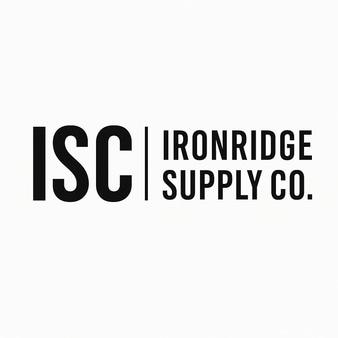Timing Belts vs. Flat Belts: What’s Best for Your Line?
CONVEYOR SYSTEM


Choosing the right belt type is essential for conveyor system performance, especially in manufacturing and processing environments. Timing belts and flat belts each have unique strengths—and the wrong choice can lead to slippage, inconsistent product flow, or premature wear.
What Are Timing Belts?
Timing belts are toothed belts designed to synchronize the movement of a conveyor with high precision. The teeth fit into matching grooves on pulleys, eliminating slippage and ensuring synchronized motion between the drive system and the belt.
Key Features:
Positive engagement with pulleys (no slippage)
Precise timing and motion control
Available in polyurethane, rubber, or steel-reinforced variants
Best For:
Automated packaging lines
Robotics and pick-and-place systems
High-speed precision manufacturing
Synchronized multi-belt conveyors
What Are Flat Belts?
Flat belts are smooth, continuous belts used in a wide range of material handling systems. They rely on tension and friction to transmit power across pulleys and are ideal for high-speed, light-to-medium load applications.
Key Features:
Simple design and easy replacement
High-speed capability
Lower initial cost
Quiet operation
Best For:
Food and beverage processing
Warehousing and parcel handling
Assembly and inspection stations
General-purpose conveying
Common Misconceptions
“Timing belts are always better.”
Not true. While timing belts offer precision, they’re overkill for simple material flow or light loads. Flat belts may offer better ROI in low-demand scenarios.
“Flat belts can’t handle heavy products.”
While not as robust as timing belts, reinforced flat belts can still handle significant loads, especially with the right pulley design and tensioning system.
Which Belt Should You Choose?
Choose a timing belt if you need:
High repeatability or position control
Coordinated motion across drives
Stop-start operations under load
Choose a flat belt if you want:
Lower cost and easier maintenance
Quiet operation at high speed
Flexibility in belt length or design
If you’re unsure, consider hybrid systems that combine the features of both—like flat belts with tracking guides or polyurethane belts with embedded timing teeth.
Ironridge Supply Co. Belt Options
At Ironridge Supply Co., we carry:
Timing Belts in urethane, neoprene, and reinforced versions
Flat Belts in PVC, rubber, and food-grade materials
Guided Flat Belts for improved tracking
Custom Lengths & Widths to fit any system
All belts are compatible with popular conveyor brands and customizable to fit your specs.
Conclusion
Whether your priority is precision or speed, choosing the right belt can improve throughput, reduce maintenance, and extend the life of your conveyor system. Timing belts and flat belts both have their place—understanding when to use each is key to an efficient production line.
📄 Download Our Belt Comparison Chart. Download
📞 Talk to Our Conveyor Specialists for a Custom Quote
